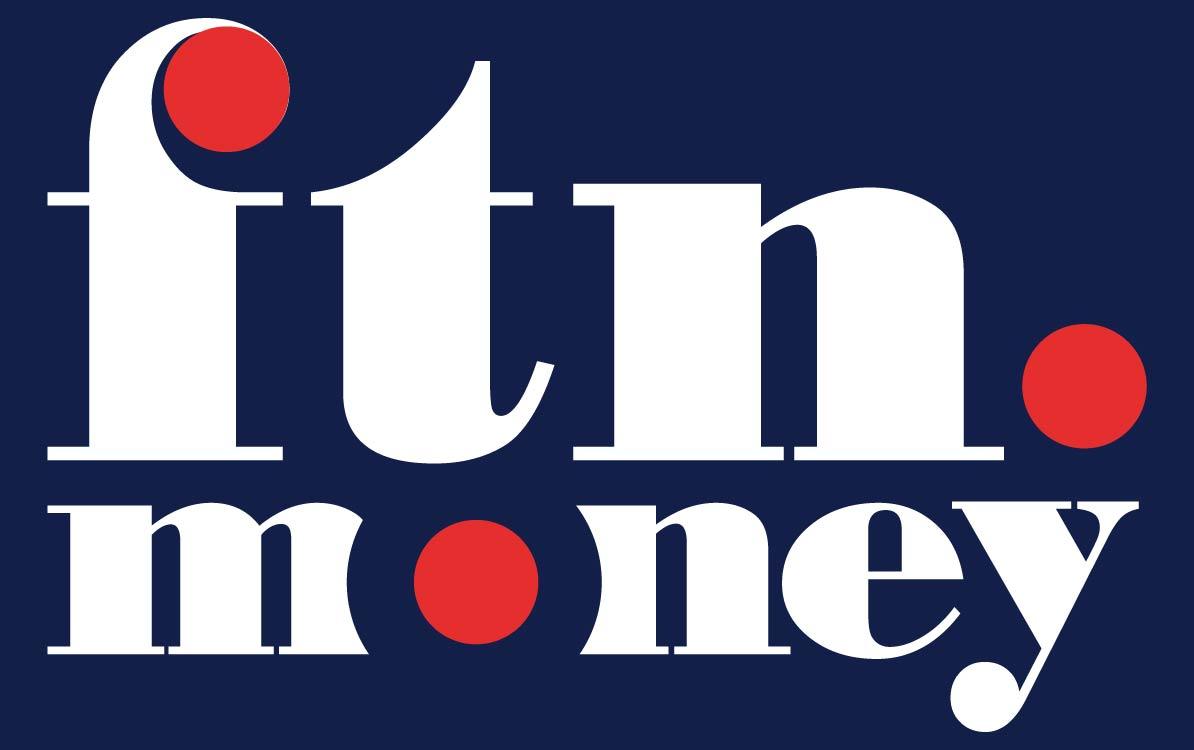Cross-border payments are the lifeblood of global commerce, enabling individuals and businesses to conduct transactions across international borders. However, these transactions are subject to a complex web of regulations designed to ensure financial integrity, prevent fraud, and protect consumer rights.
This article provides a comprehensive exploration of the key regulations governing cross-border payments, their historical evolution, their impact on various stakeholders, the challenges they pose, and future trends in the regulatory landscape.
The Evolution of Money Transfers & Regulatory Frameworks
From Barter to Banking: The Origins of Money Transfers
The history of money transfers dates back to ancient civilisations, where barter systems were the norm. Over time, the need for more efficient and secure methods led to the development of early banking systems. The Hawala system, for instance, allowed money to be transferred across vast distances through a network of trusted agents. Later, the advent of modern banking introduced wire transfers, which became the backbone of international payments.
The Rise of SWIFT & Correspondent Banking Networks
The Society for Worldwide Interbank Financial Telecommunication (SWIFT) was established in 1973 to standardise and streamline international payments. SWIFT enabled banks to communicate securely and efficiently, facilitating the growth of correspondent banking networks. These networks allowed banks to settle transactions on behalf of each other, significantly enhancing the speed and reliability of cross-border payments.
Digital Disruption: The Rise of Online Transfers & Fintech
The digital age brought about a revolution in money transfers. Companies like PayPal, Wise, and Revolut transformed the industry by offering faster, cheaper, and more convenient alternatives to traditional banking. However, these early digital payment systems faced regulatory gaps, leading to concerns about money laundering, fraud, and consumer protection.
Enter the Regulators: Why Compliance Became Essential
In response to these challenges, regulatory bodies around the world introduced stringent compliance frameworks. Early anti-money laundering (AML) laws and Know Your Customer (KYC) frameworks became essential tools for financial institutions to detect and prevent suspicious transactions. These regulations laid the groundwork for modern cross-border payment regulations.
Key Regulations Governing Cross-Border Payments
1. Anti-Money Laundering (AML) & Counter-Terrorism Financing (CTF)
The Financial Action Task Force (FATF) is a global watchdog that sets standards for AML and CTF. Banks and fintech firms must implement robust AML programs to detect and report suspicious activities. This includes verifying the identity of customers, monitoring transactions, and reporting large or unusual transfers.
2. SWIFT & Correspondent Banking Rules
SWIFT remains a critical component of international payments, but it faces challenges such as de-risking, where banks terminate relationships with certain counterparties to avoid compliance risks. This can lead to transaction delays and increased costs. SWIFT is also working on initiatives like the Global Payments Innovation (GPI) to enhance transparency and speed.
3. PSD2 & Open Banking in the European Union
The Payment Services Directive 2 (PSD2) is reshaping cross-border payments in the EU by promoting open banking. This regulation requires banks to allow third-party providers access to customer data, fostering innovation and competition. The strong customer authentication (SCA) requirement ensures that transactions are secure and minimises fraud.
4. Data Protection & Privacy Laws (GDPR, CCPA)
The General Data Protection Regulation (GDPR) in the EU sets strict standards for the protection of personal data. Financial institutions must ensure that customer data is handled securely and transparently. Similar laws like the California Consumer Privacy Act (CCPA) are emerging globally, highlighting the importance of data security in financial transactions.
5. Country-Specific Regulations
Different countries have their own regulatory frameworks:
| Country | Key Regulation | Governing Body |
| 🇺🇸 USA | Bank Secrecy Act (BSA), FinCEN rules | Federal Reserve, FinCEN |
| 🇪🇺 EU | PSD2, GDPR | European Central Bank |
| 🇬🇧 UK | FCA Money Transfer Rules | Financial Conduct Authority |
| 🇮🇳 India | RBI Cross-Border Payment Laws | Reserve Bank of India |
| 🇦🇪 UAE | Central Bank AML & KYC Regulations | UAE Central Bank |
How Regulations Impact Consumers & Businesses
For Consumers
- AML Checks & Transaction Limits: AML regulations can affect remittances by imposing transaction limits and requiring identity verification. This ensures that funds are transferred legally and securely.
- Hidden Fees & Compliance Costs: Compliance with regulations can lead to additional costs, such as fees for identity verification and transaction monitoring. These costs are often passed on to consumers.
For Businesses
- Regulatory Licensing Requirements: Fintech firms must obtain licenses and adhere to strict regulatory requirements to operate legally. This involves significant investment in compliance infrastructure.
- Role of Compliance Officers: Compliance officers play a crucial role in ensuring that businesses meet regulatory obligations. They monitor transactions, report suspicious activities, and ensure that all operations are in line with regulatory standards.
Challenges & Compliance Risks in Cross-Border Payments
1. High Compliance Costs for Banks & Fintechs
Compliance with international regulations can be costly, especially for smaller firms. Many banks de-risk international transactions to avoid the high costs and potential fines associated with non-compliance.
2. Fraud, Money Laundering & Financial Crime
Fraudsters exploit regulatory loopholes to conduct illegal activities. However, advancements in blockchain and AI are helping to detect and prevent fraud. These technologies enable real-time monitoring and analysis of transactions, enhancing security.
3. Slow Processing Times & Transaction Freezes
Some payments may be flagged or delayed due to compliance checks. However, initiatives like real-time payments (RTP) are improving the speed and efficiency of cross-border transactions.
The Future of Cross-Border Payment Regulations
1. Rise of Central Bank Digital Currencies (CBDCs)
The introduction of central bank digital currencies (CBDCs), such as China’s e-CNY, is set to transform cross-border payments. CBDCs offer faster, cheaper, and more secure transactions while posing new regulatory challenges, particularly around stablecoins and decentralised finance (DeFi).
2. Global Harmonisation of Payment Laws
Efforts are underway to harmonise payment laws globally. Organisations like the International Monetary Fund (IMF) and the Bank for International Settlements (BIS) are working towards a unified regulatory framework to enhance financial stability and reduce compliance costs.
3. The Role of AI & Blockchain in Compliance
AI-powered regtech solutions are revolutionising compliance by automating KYC and AML processes. Smart contracts on blockchain platforms can automate regulatory requirements, ensuring compliance without human intervention.
Conclusion
Cross-border payment regulations play a crucial role in maintaining the integrity and security of global financial transactions. While these regulations present challenges, they also offer opportunities for innovation and efficiency. As the regulatory landscape continues to evolve, consumers, businesses, and regulatory bodies need to stay informed and adapt to new developments. By embracing technology and fostering global cooperation, we can build a more secure and efficient cross-border payment system for the future.
References & Citations
- World Bank Report on Remittances
- FATF AML Compliance Guidelines
- European Central Bank PSD2 Report
- Hyperlinked sources for expert quotes





